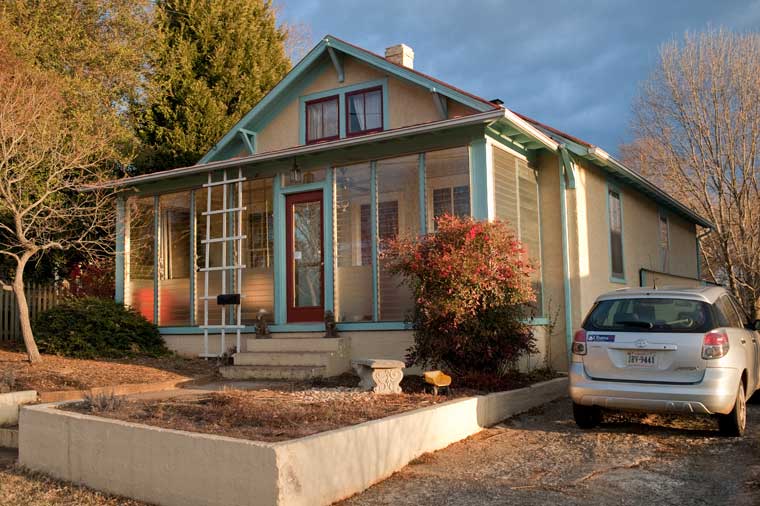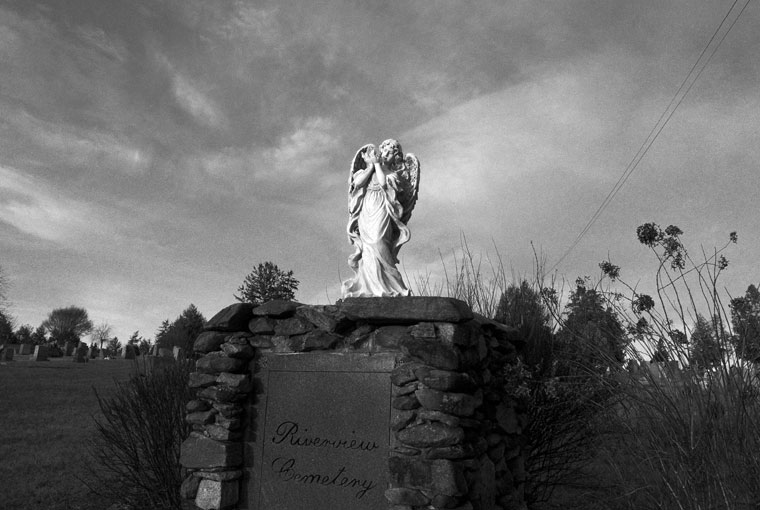southern initiative and southern capital

Grover Maddex's house is for sale, 1613 Woolen Mills Road
In its own small way, the Charlottesville Woolen Mills helps to prove the fallacy of Mitchell's thesis. Ante-bellum in origin, it was revived in 1865 by Southern initiative and Southern capital. A period of notable prosperity preceded 1880 and the foundations had been already firmly laid. When the mill expanded suddenly in 1882 and absorbed Northern capital, it was purely the result of an accidental fire. Except for that event, the company would probably have waited many years to launch out on a program of expansion. Just as in 1865, destruction proved in the end to be an incentive for successful growth and innovations. --Harry Poindexter
Labels: architecture, Poindexter History

